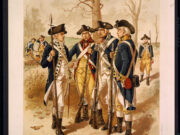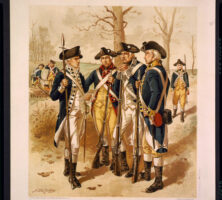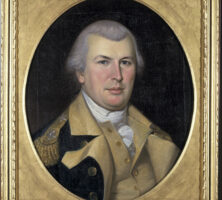William Pierce was an officer in the Revolutionary War (1775-83), a member of the Continental Congress, and a Georgia state legislator.
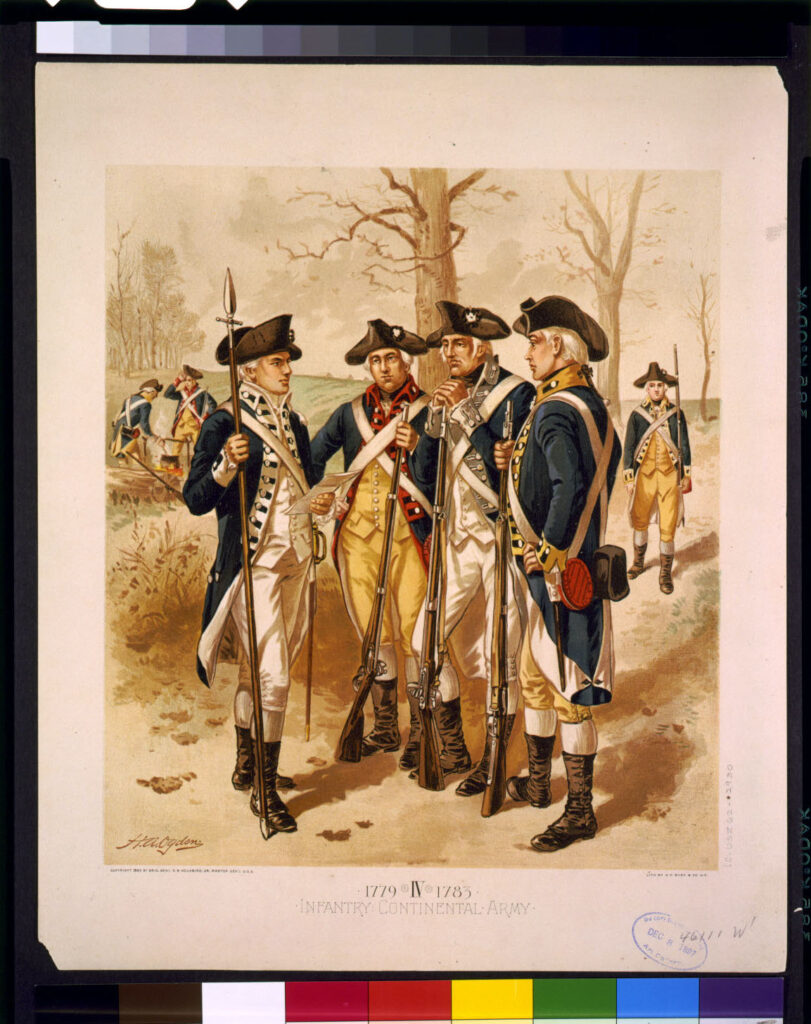
Courtesy of Library of Congress, Prints and Photographs Division
Although traditionally believed to be a native Georgian, William Leigh Pierce was born in York County, Virginia, around 1753, the third and youngest son of Elizabeth and Matthew Pierce. Though frequently referred to with a middle name of “Leigh,” he always signed his name as “William Pierce Jr.,” perhaps to distinguish himself from an uncle of the same name. Young Pierce studied art for a short time in Maryland under Charles Willson Peale and returned to Williamsburg, Virginia, in the summer of 1775 to practice his new skills. Siding with the patriots at the beginning of the Revolutionary War, Pierce participated in the fighting at Hampton, Virginia, in the autumn of 1775. He was commissioned a captain in the First Continental Regiment of Artillery the following year, and his regiment was ordered to join the main army at Valley Forge, Pennsylvania, in the spring of 1778. Shortly thereafter Captain Pierce’s company was detached to Major General John Sullivan’s command in Rhode Island.
Suffering from poor health, Pierce resigned his command and accepted a position as an aide-de-camp to General Sullivan in early 1779. He attended his commander in the expedition to upstate New York during the summer to suppress the Iroquois Indians, who remained loyal to the British. Returning to Williamsburg on furlough in early 1780, he studied at the College of William and Mary and became a member of Phi Beta Kappa. Pierce received an invitation in December 1780 to become an aide to Major General Nathanael Greene. He accepted and joined his new corps in early February 1781 on its fighting retreat from the British Army in North Carolina.
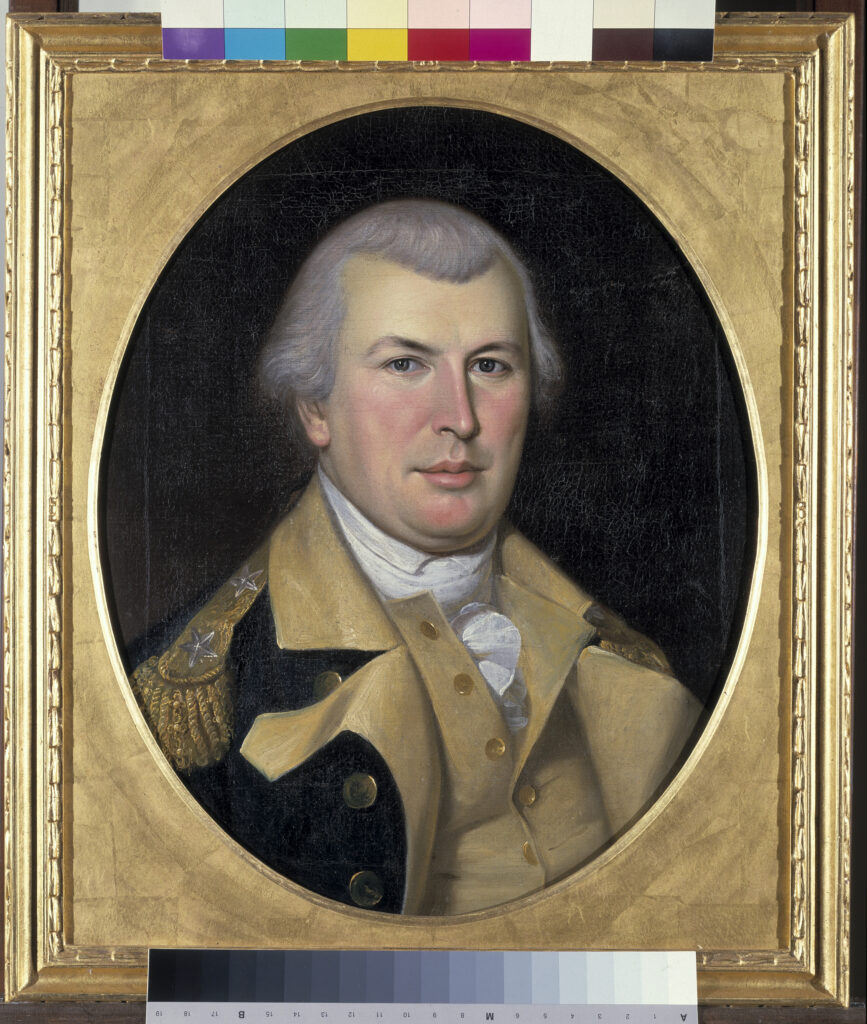
Courtesy of Independence National Historical Park
During the next two years, Pierce proved himself valuable to his general, not only in his secretarial duties but also as an officer and soldier. He assisted in rallying a contingent of Virginia troops at a critical moment during the Battle of Hobkirk’s Hill in South Carolina, for example, and was also Greene’s choice to carry news of the Battle of Eutaw Springs, also in South Carolina, to the Continental Congress.
In mid-1783 Pierce and two fellow officers established a business in Savannah, and in December of that year, with the end of the campaign, Pierce married Charlotte Fenwick, the daughter of a wealthy South Carolina planter. The following spring the couple moved to Savannah, where they eventually acquired both a house in town and a confiscated Loyalist plantation, Belmont. The couple had four sons, only one of whom, William Leigh, survived to adulthood. Soon after the move to Savannah, Pierce sold his share of the business to partner Richard Call, and the following year he began a new business under the name William Pierce and Company.
Finding that business was not as profitable as he had hoped, Pierce sought political office and was elected in 1786 to represent Chatham County in the Georgia House of Representatives. That body promptly elected him to the Continental Congress, and he also became a delegate to the Constitutional Convention. In January 1787 he attended the Congress in New York City, followed in May by the convention in Philadelphia, Pennsylvania. At the proceedings he spoke on a number of points but also recorded a series of “Character Sketches,” which provides a contemporary narrative on the personalities of the convention members.
Although he agreed with the end result of the proceedings, Pierce did not sign the U.S. Constitution, having left the convention at the end of June to attend to “a piece of business so necessary that it became unavoidable.” The business was a duel with merchant John Auldjo, after tempers flared over mishandled “mercantile dealings.” Auldjo’s second, Alexander Hamilton, intervened and prevented the contest. Returning to Georgia, Pierce continued to serve in the state legislature, and in 1789 he received a respectable number of votes for governor. He died at his plantation on December 10, 1789, after a lingering illness.


